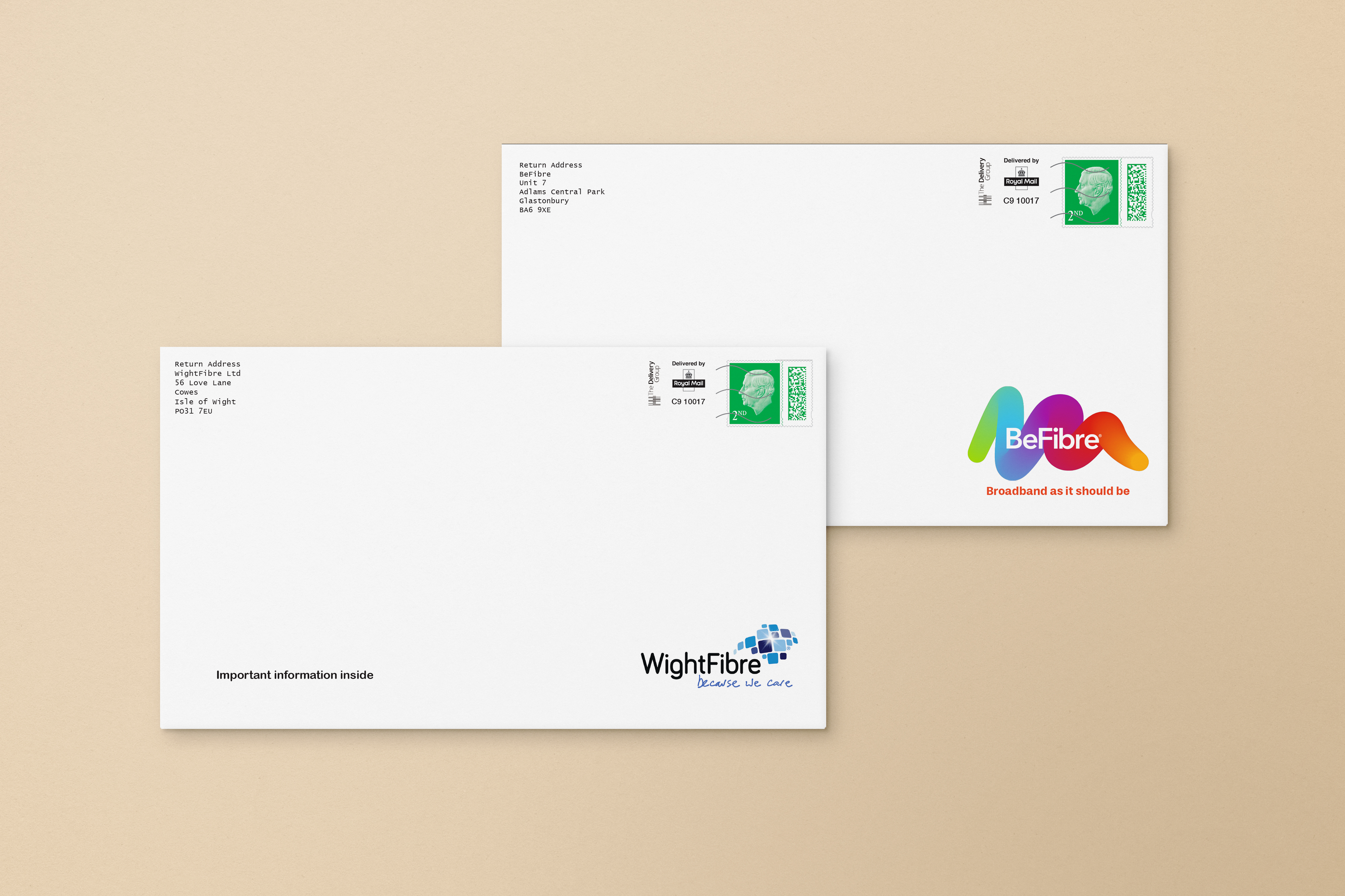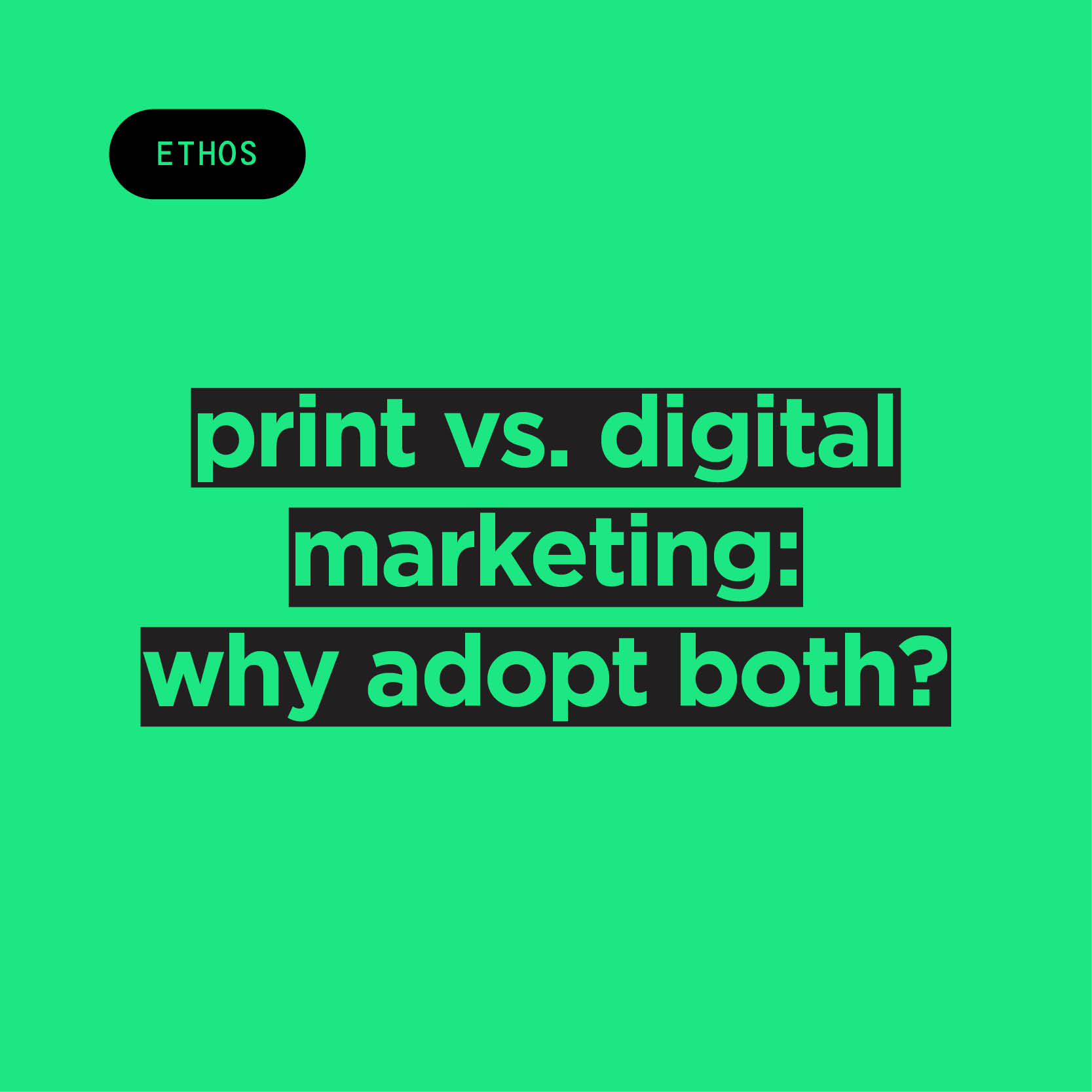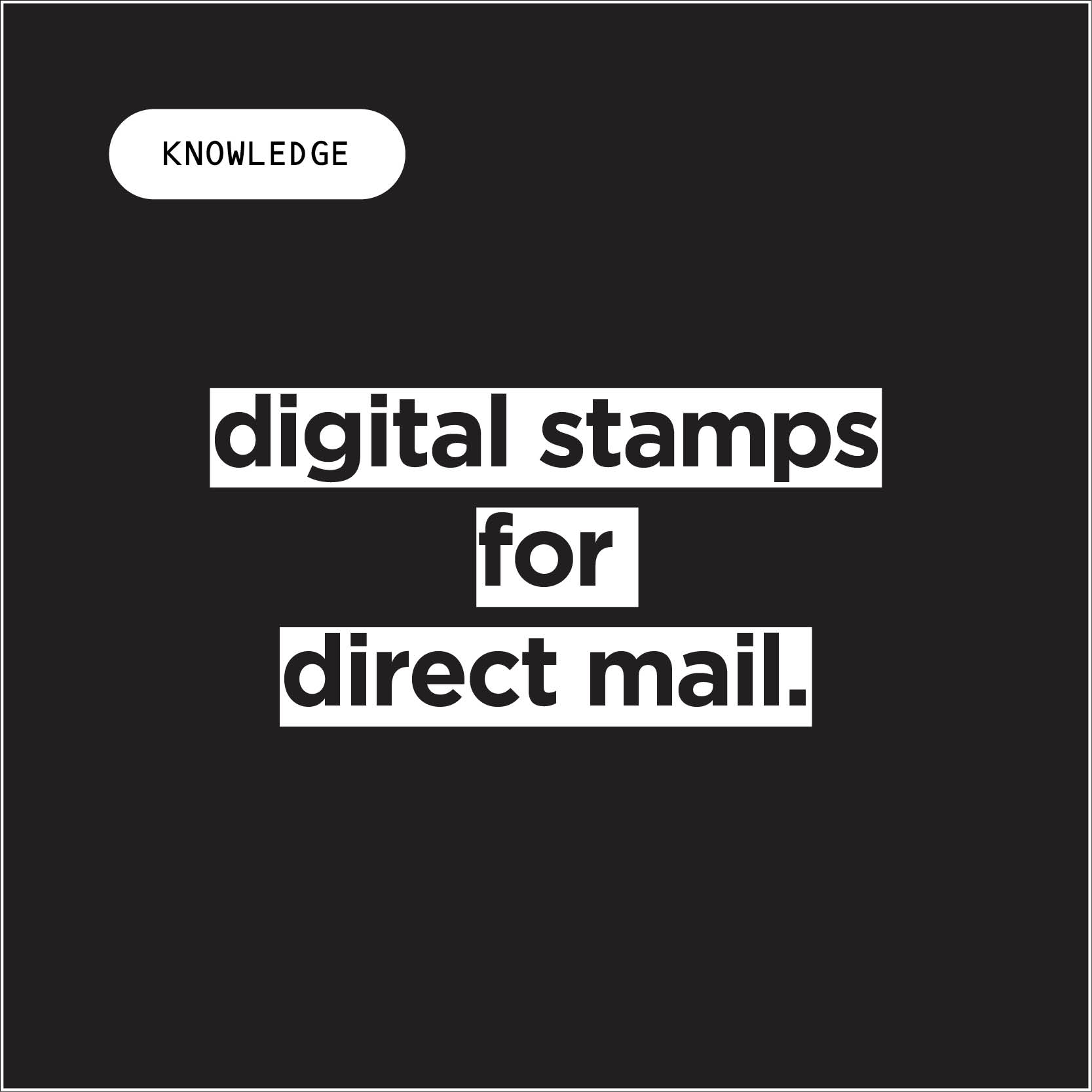
No matter what industry you’re in — securing new clients (or even enticing repeat purchases) is now harder than ever. Markets are saturated, competition is tough, and consumers are fatigued by constant adverts both IRL and URL.
Targeted personalisation is one of the most useful tools for marketers in this challenging landscape. Moreover, pairing “physical” marketing strategies, such as direct mail, with a personalised approach has been proven to deliver even better results.
The challenge is: how to make a marketing campaign aimed at thousands feel personal and customised to each client? Digital stamps are an effective (yet underrated!) tool.
What Are Digital Stamps?
Direct mail campaigns usually use PPIs (Paid Postage Impressions) instead of stamps. PPIs are pre-paid postage marks used by businesses to send large volumes of mail. The key here is the large volume of mail: to clients, a PPI is a clear sign that what they just received in the post is part of a large-scale campaign, impersonal and possibly spammy.
Digital stamps are an alternative to that. A digital stamp looks exactly like a regular old-school stamp, but it’s digitally printed at the same time as your marketing material is printed (as the name suggests). Digital stamps can be used for any printed Mailmark mailshot direct mail campaign, and, like conventional stamps, they can be themed.

The Advantages of Using Digital Stamps
Adding a digital stamp in place of a PPI might seem like nothing but a small element in the grand scheme of your direct mail marketing campaign, but, as they say, the devil is in the details. In the endless pursuit of your audience’s attention, a small gesture can go a long way.
Seeing a digital stamp on an envelope immediately conveys a premium feel. “Regular” stamps aren’t as common anymore, so a digital replica is sure to quickly catch your client’s eye. Most people associate stamps with important, official correspondence meant exclusively for them: this personal touch is fundamental when your campaign’s goal is to cut through the noise.
Conversely, the feeling of importance conveyed by the digital stamp gives the receiver the impression that your envelope is important and worth their time — directly increasing the chances of your mail being opened.
Cashmere Centre Case Study
The effectiveness of digital stamps in direct mail campaigns isn’t just speculation — it’s proven by data.
A 2016 case study by Royal Mail on a direct-mail campaign run by knitwear retailer Cashmere Centre is one of the most frequently cited sources on the power of digital stamps.
In 2016, Cashmere Centre was looking to optimise their catalogues and increase ROI. To do so, they tested the efficacy of digital stamps in a three-part experiment.
The experiment consisted of three tests comparing digital stamp indicia with standard PPIs. Two of these tests were aimed at warm customers, and one at cold. Cashmere Centre was looking for changes in response rates and sales percentages associated with using digital stamps and PPIs.
The results were overwhelmingly in favour of digital stamps. With warm customers, the digital indicia led to a 25% increase in response and a 55% uplift in sales. With cold customers, digital stamps increased responses by 7% and sales by 21%.
Personalised, tangible marketing strategies are continually proving their effectiveness in today’s landscape. Using digital stamps instead of PPI can boost the success of your mail marketing campaigns, elevate your customer experience, and improve your sales by offering returning and potential clients an individual touch and a premium feel.
At Jump, we’re proud to be one of the few companies in the UK to meet Royal Mail’s stringent requirements for supplying digital stamps. Get in touch at hello@wearejump.co.uk to discuss how we can help your business with direct mail marketing.


